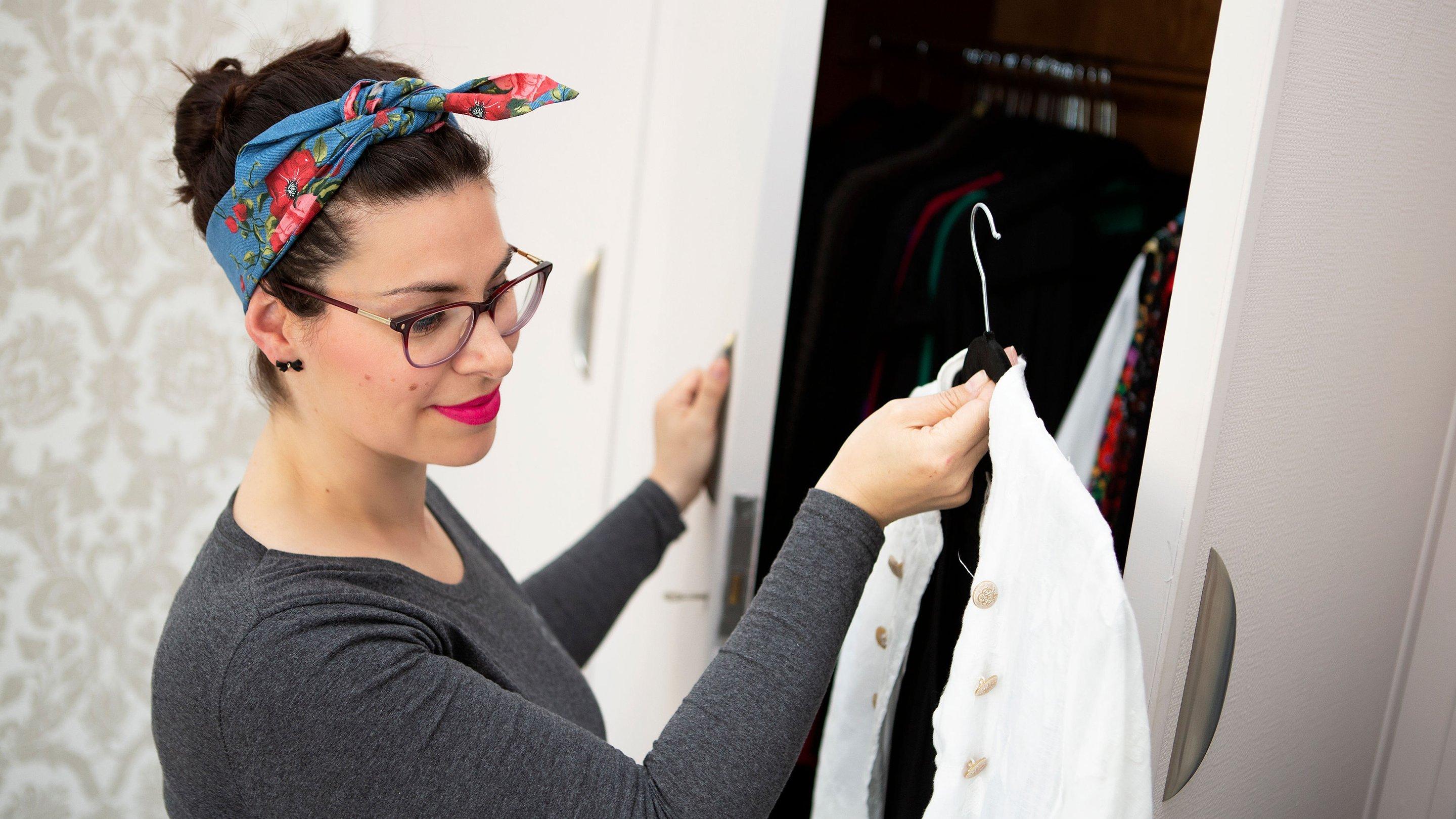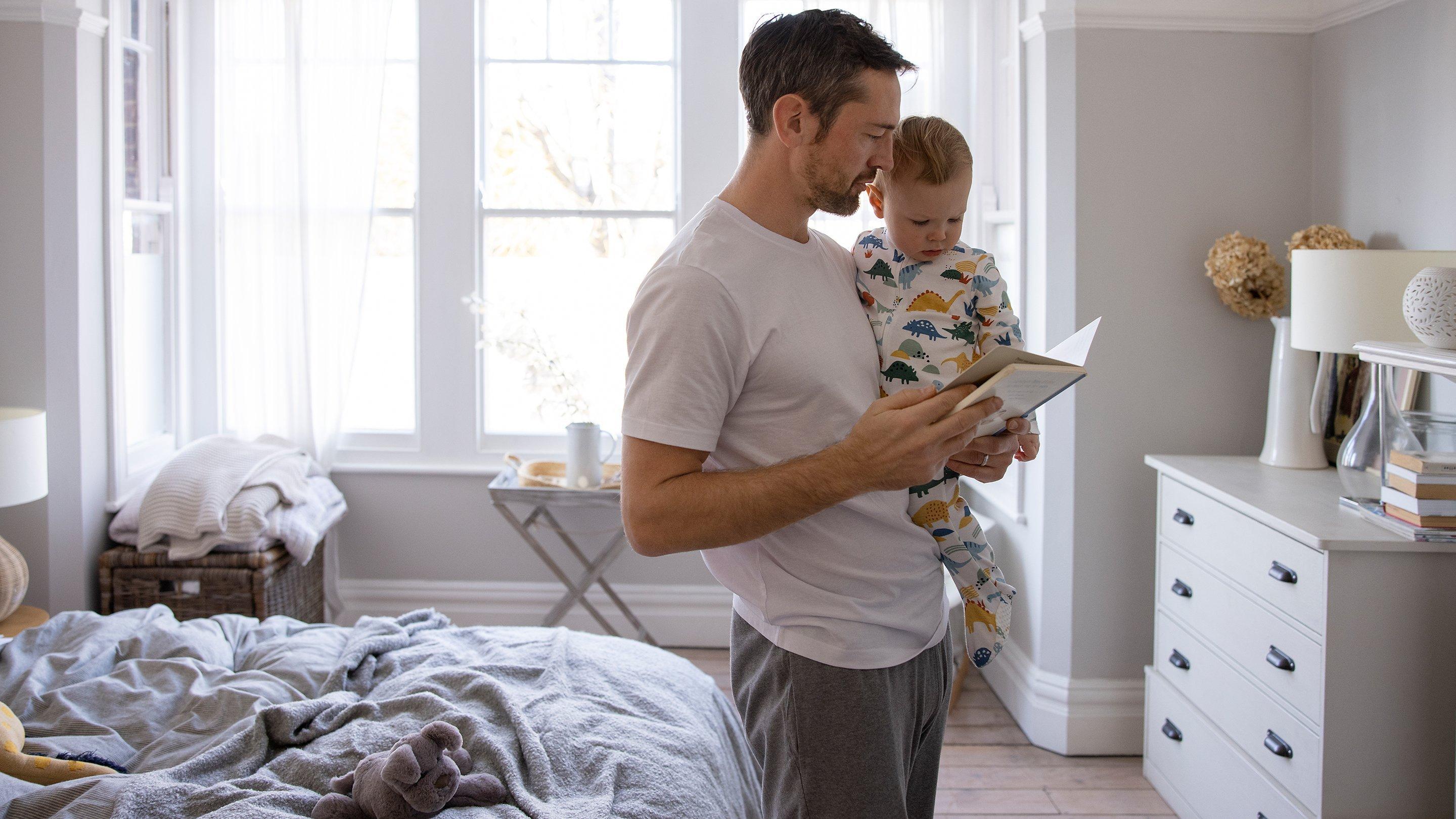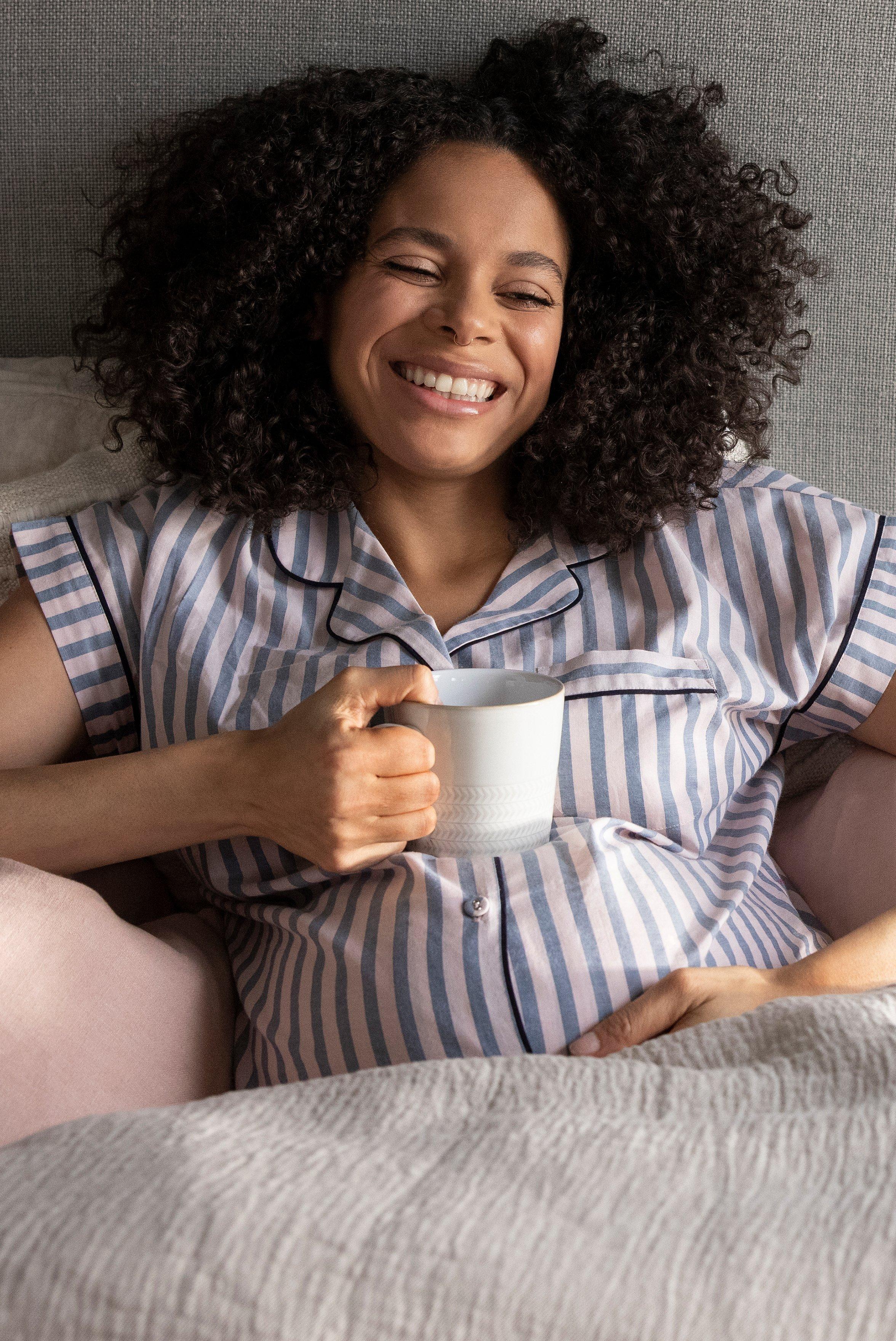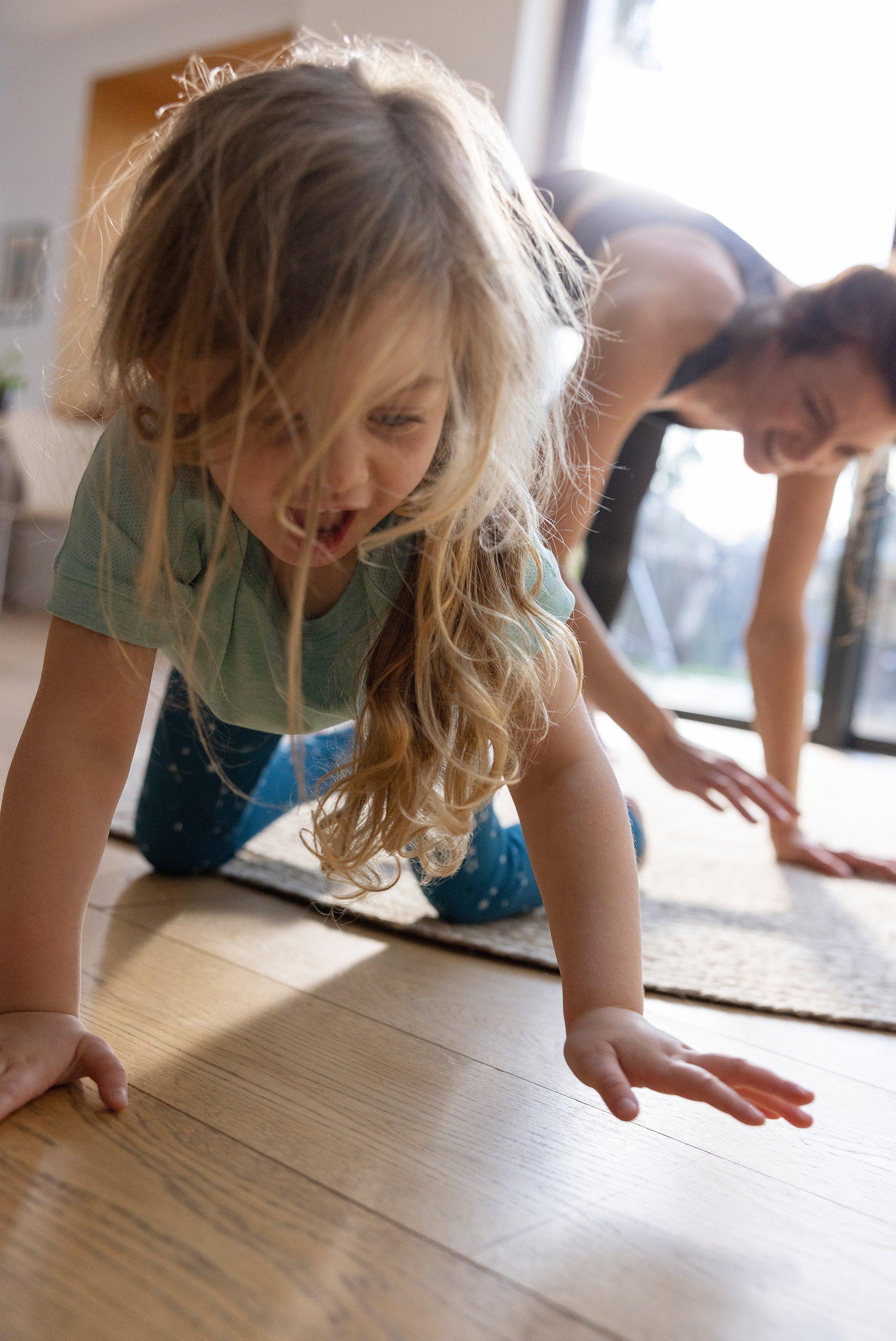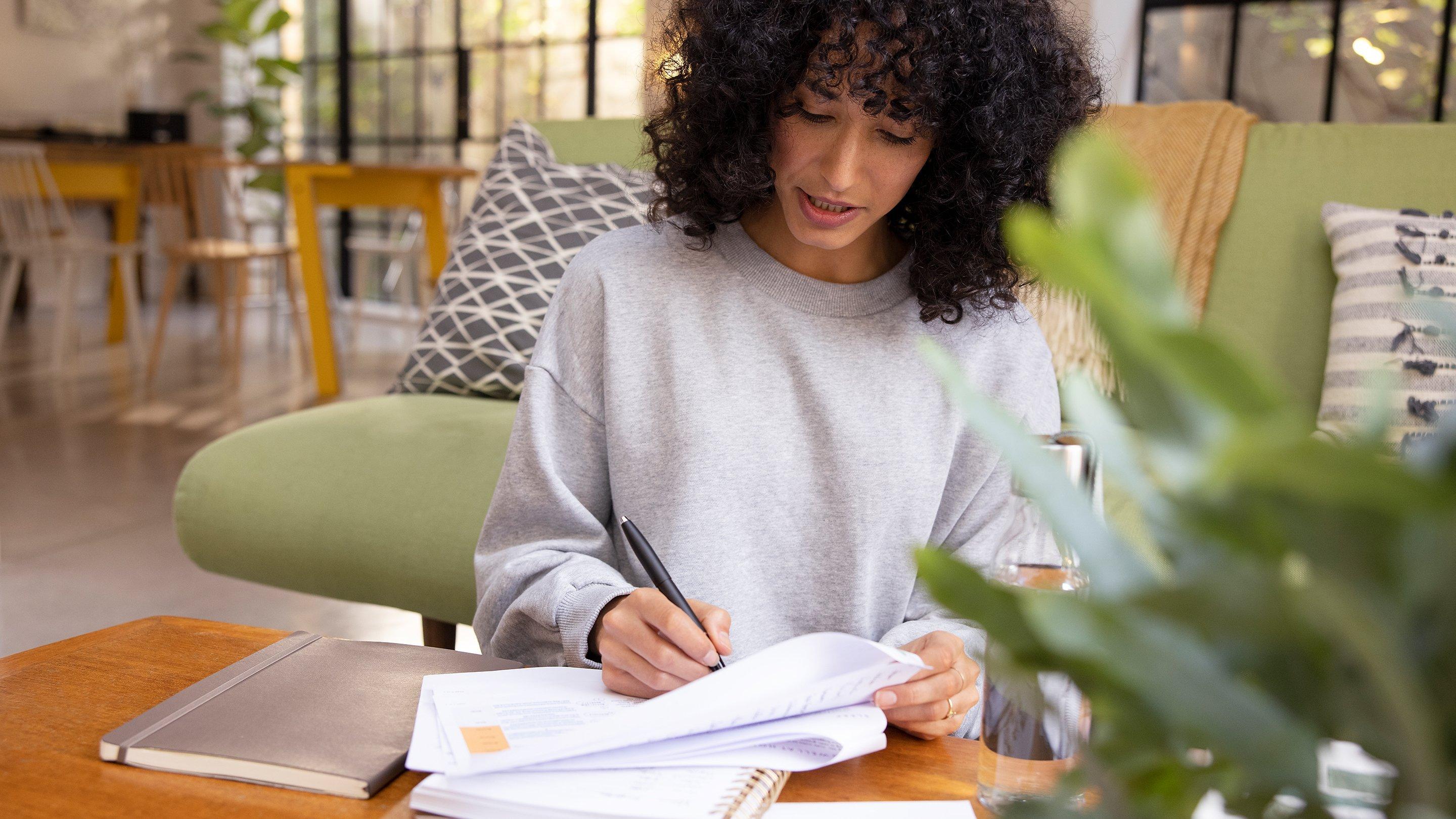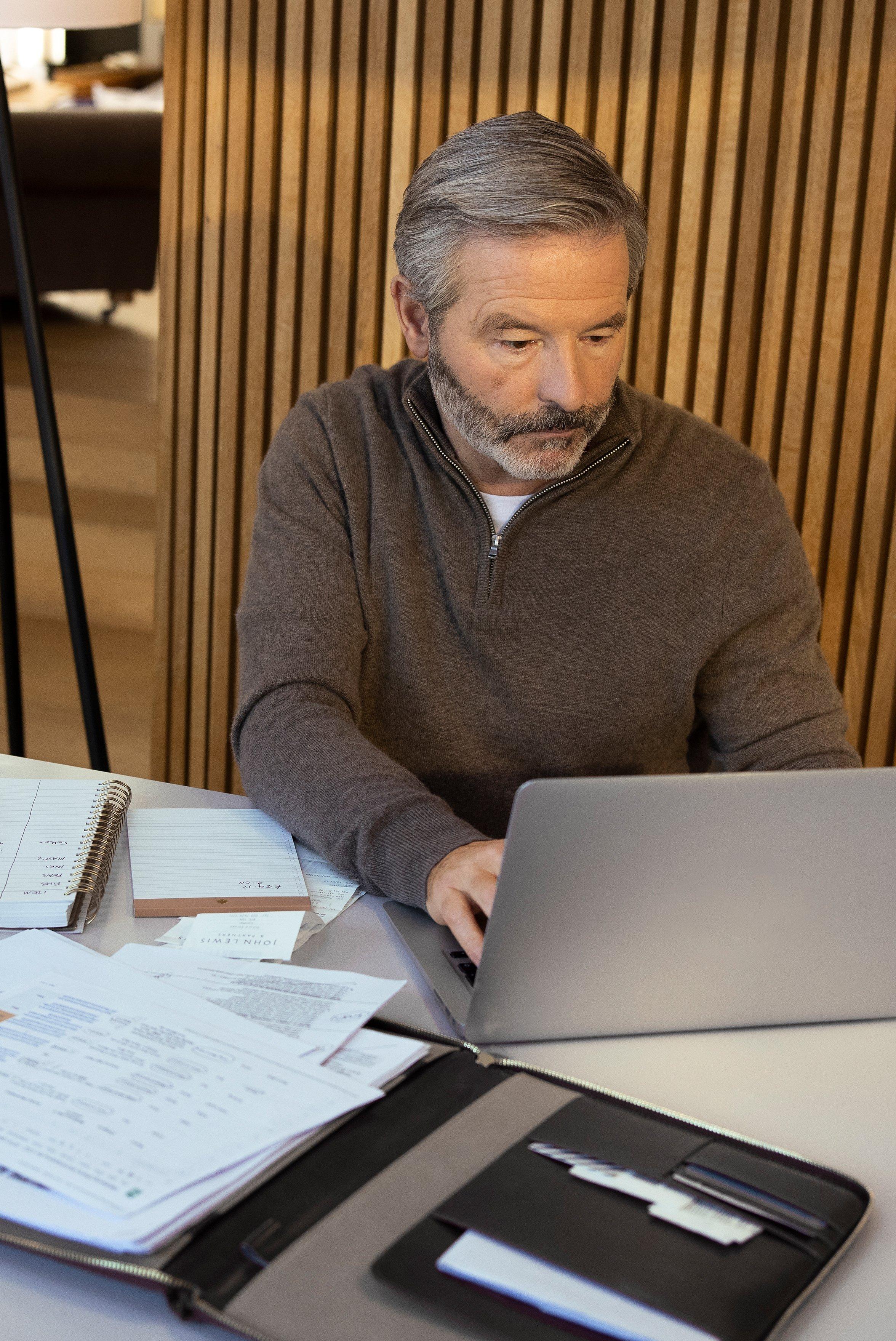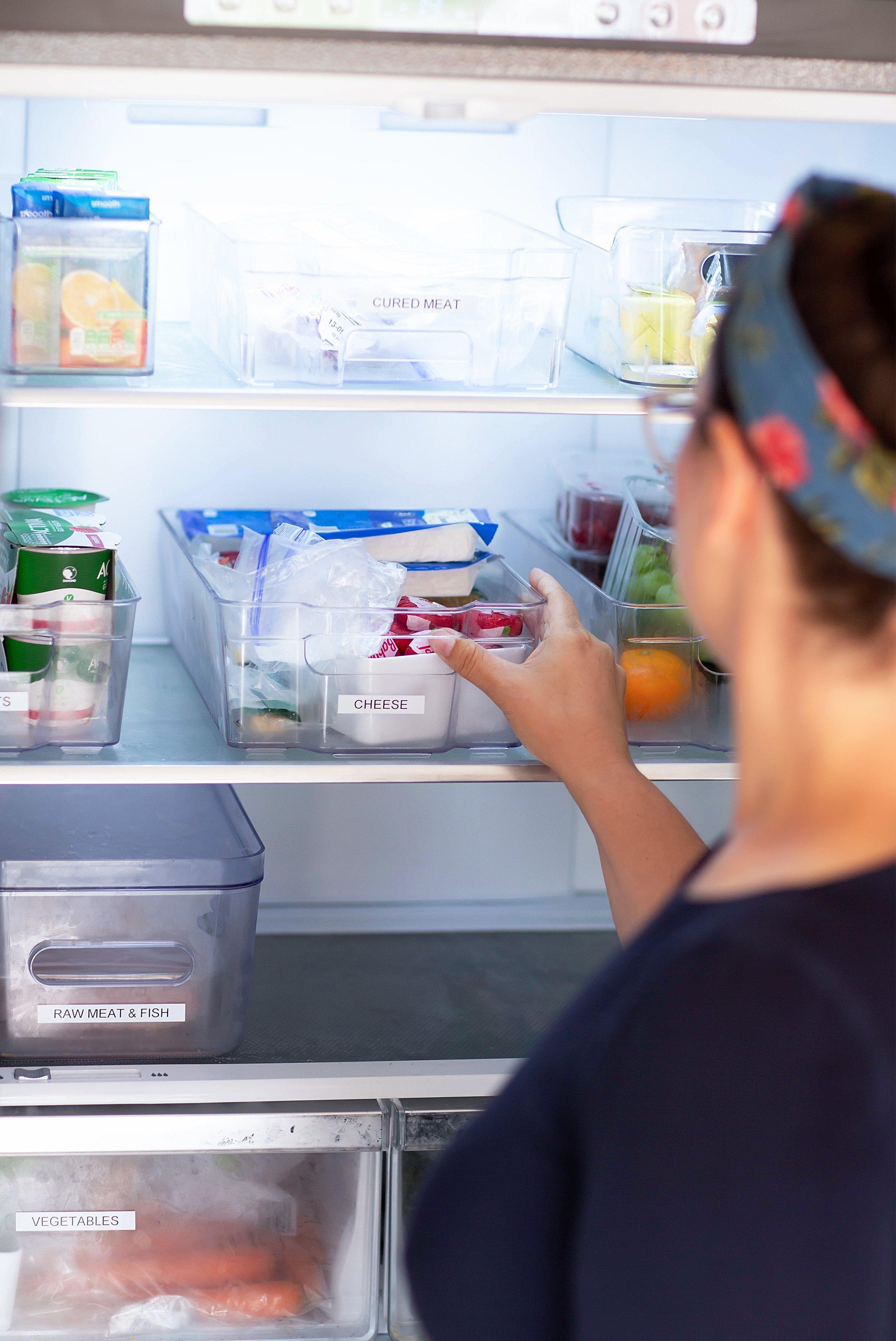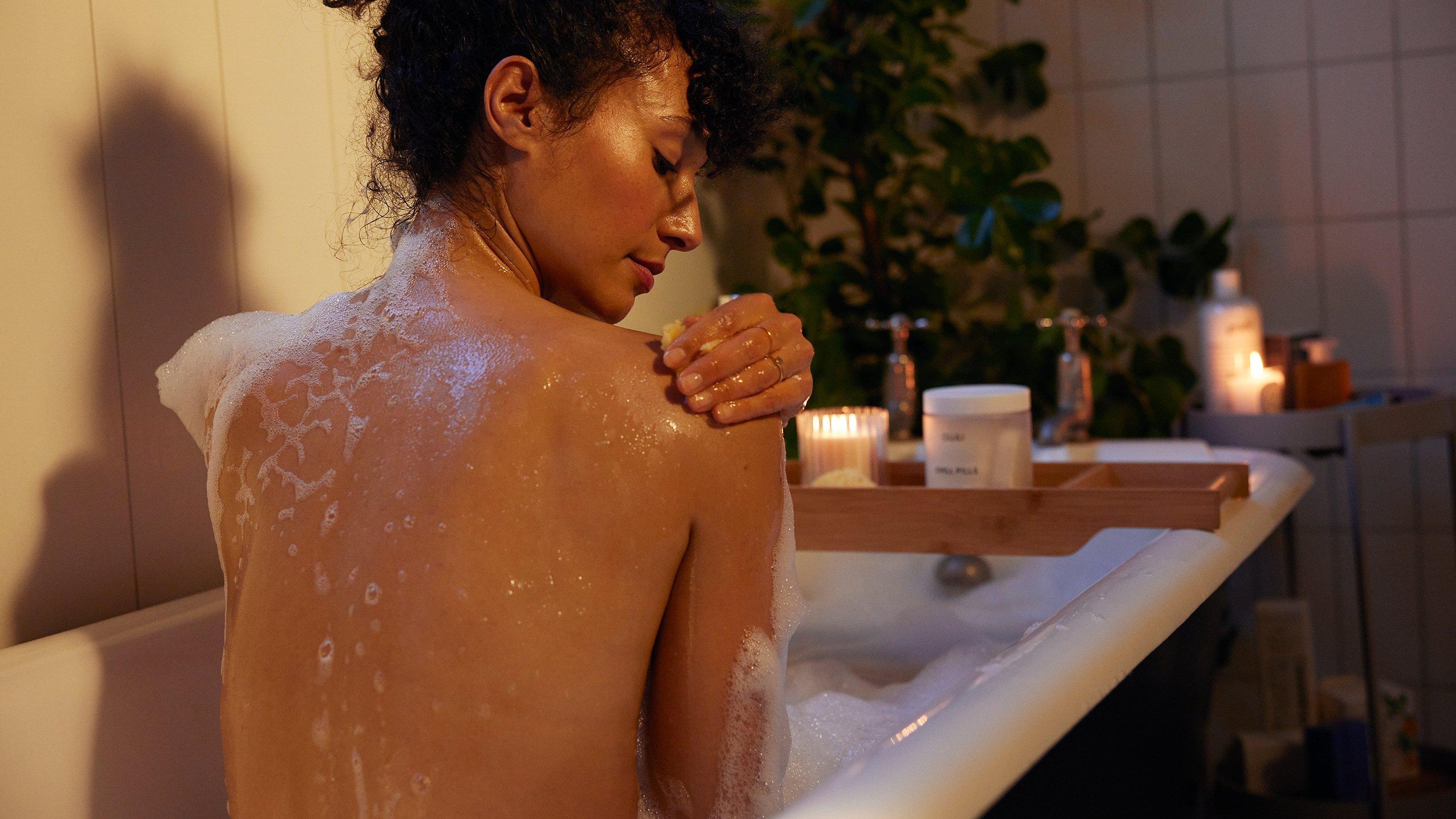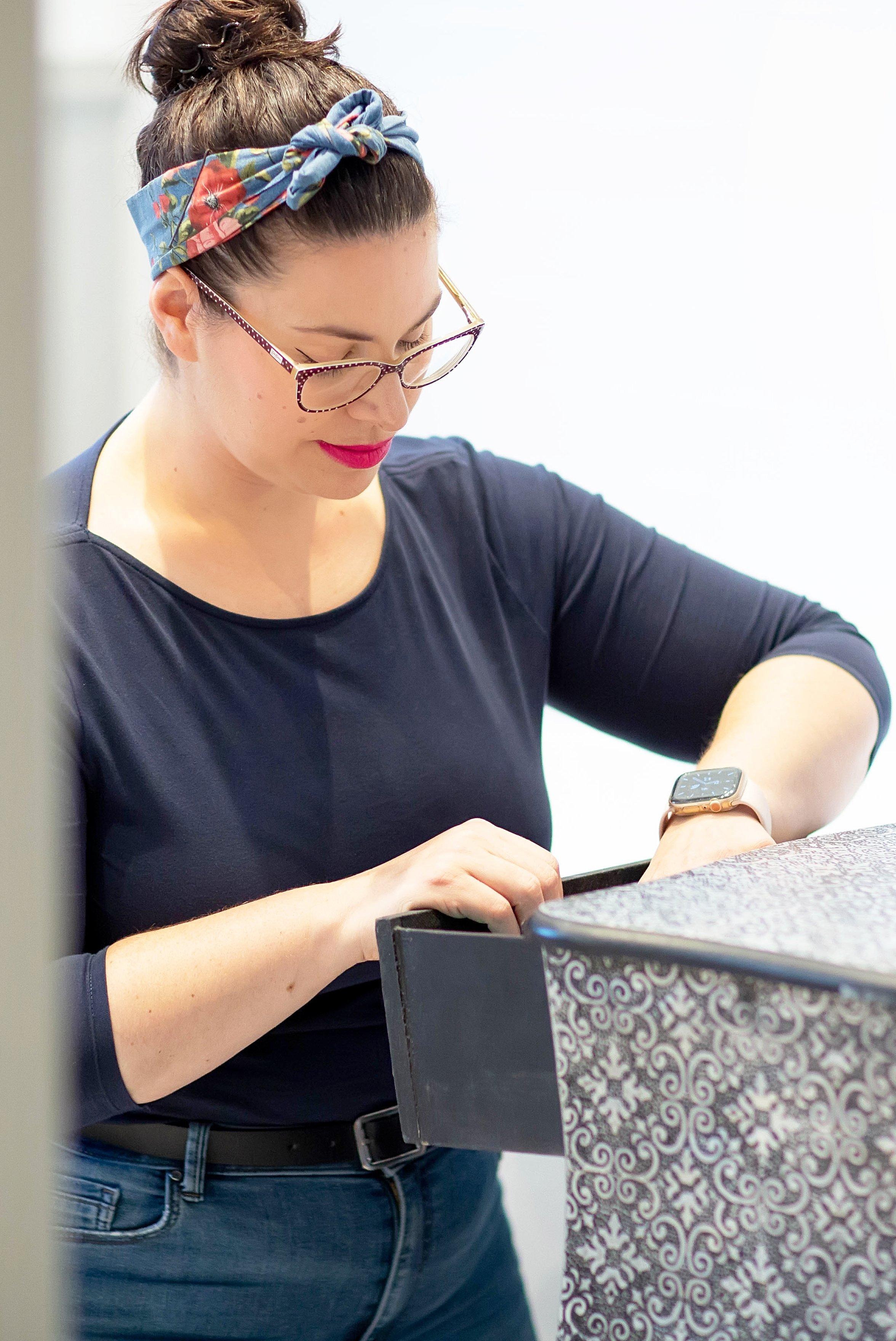We’ve got all the ideas you need to regain lost room and finally take control of your living space
Did you know that the average person in the UK spends around 140 days of their life looking for lost items? We’ve all been there, rushing out of the house while trying to find a face mask, our keys and our phone, or wandering from room to room wondering where we put down our pen or our book.
Decluttering your home and streamlining your possessions could be the answer, giving you back more time to spend on the things you actually enjoy. However, that’s certainly not the only benefit of getting everything organised. Studies have shown that having more clutter in our homes can increase our stress levels and make it harder for us to focus on tasks. Now that many of us are spending more time at home, there’s never been a better time for us to clear the metaphorical (and physical) desks and maximise the wellness potential of our homes.
To help you get started on clearing your clutter and tidying your home, we spoke to decluttering expert Sian Pelleschi. As the founder of decluttering and organising service Sorted!, and the Conference Director for The Association of Professional Declutterers and Organisers in the UK, Sian certainly knows her stuff.
‘My background is in events and event management, and for as long as I can remember I’ve loved the feeling of being organised, particularly at work,’ Sian says. ‘I’ve always been good with spatial awareness and can visualise how something could look within either a blank space or a space filled with stuff.’
Sian has seen first-hand the benefits that decluttering can have on wellbeing. ‘When you create space within your environment you’re allowing your mind to become more free,’ she explains. ‘For many of us, decluttering and organising is like a release. It can make us feel freer and lighter, and sometimes you don’t realise the benefit of that until you’ve done it. I love having a good clear out.’
If you’re feeling slightly overwhelmed at the thought of tackling a decluttering project, you’re not alone – Sian says this is something she has encountered with every one of her clients, and has even experienced herself. ‘That sense of overwhelm is your body and brain’s reaction to fear, which is ultimately what it is. It’s the fight or flight scenario,’ she says. ‘While some people are able to combat this by going into fight mode (actually dealing with the clutter) others really struggle and do everything they can to move away from it, until it comes to a breaking point.’
To get past this point, she recommends trying to understand your relationship with clutter. ‘Everyone has their own level of clutter they can cope with,’ sge says. ‘Some people need empty worktops and everything in its place, while others don’t mind items being on display, they just need better organisation. Once you have an understanding of where your level of calm is, you can then start to determine which areas of your home to tackle first.’
Sian advises that you don’t look at it as one big problem. “Break it down into smaller, bite-sized and achievable chunks,’ she suggests. ‘Start with the areas that will provide the biggest impact but take a shorter amount of time. Get items you no longer need or want out of the home first before deciding if you need new storage solutions and make sure everything has a place. Lastly – set a timer! You’ll be amazed how much you can get through when you’re under the clock.’
Ready to get started? Read on for Sian’s expert advice on how to declutter your home, room by room.

